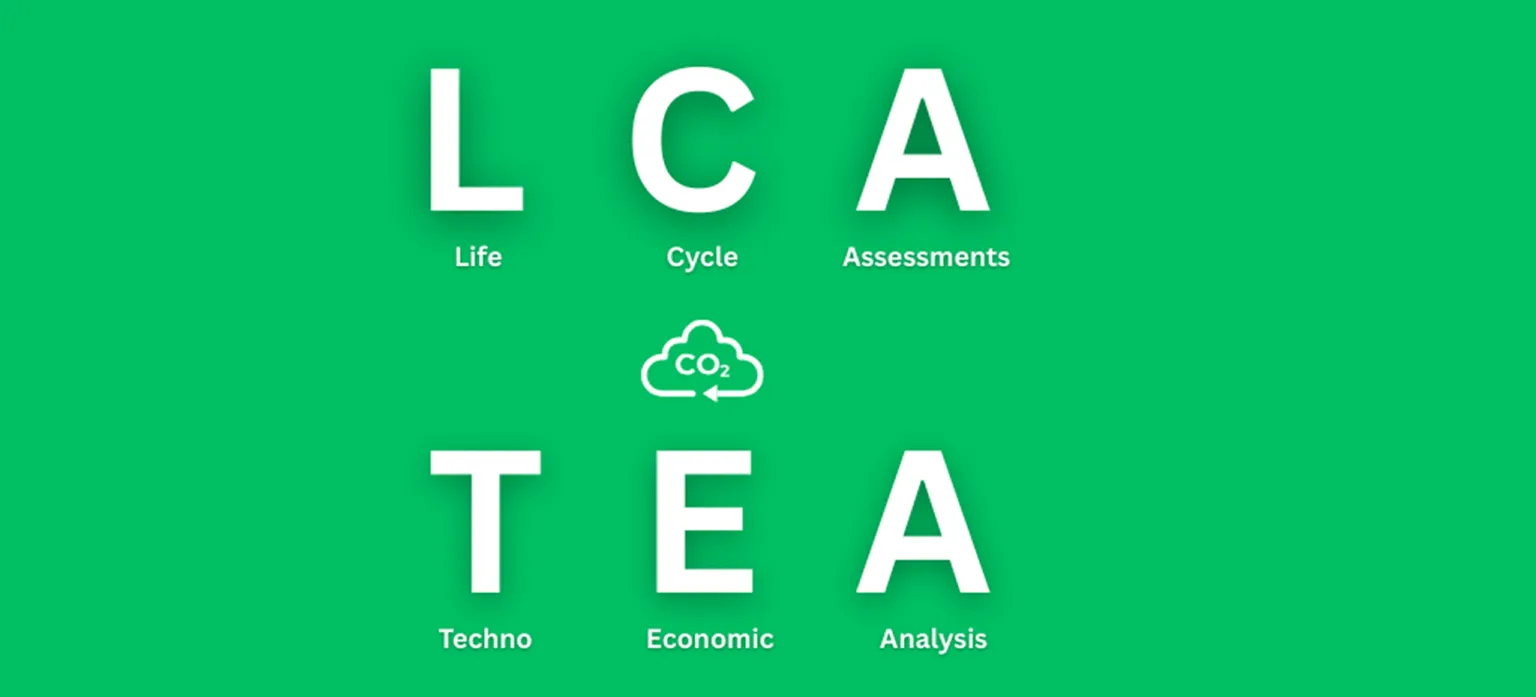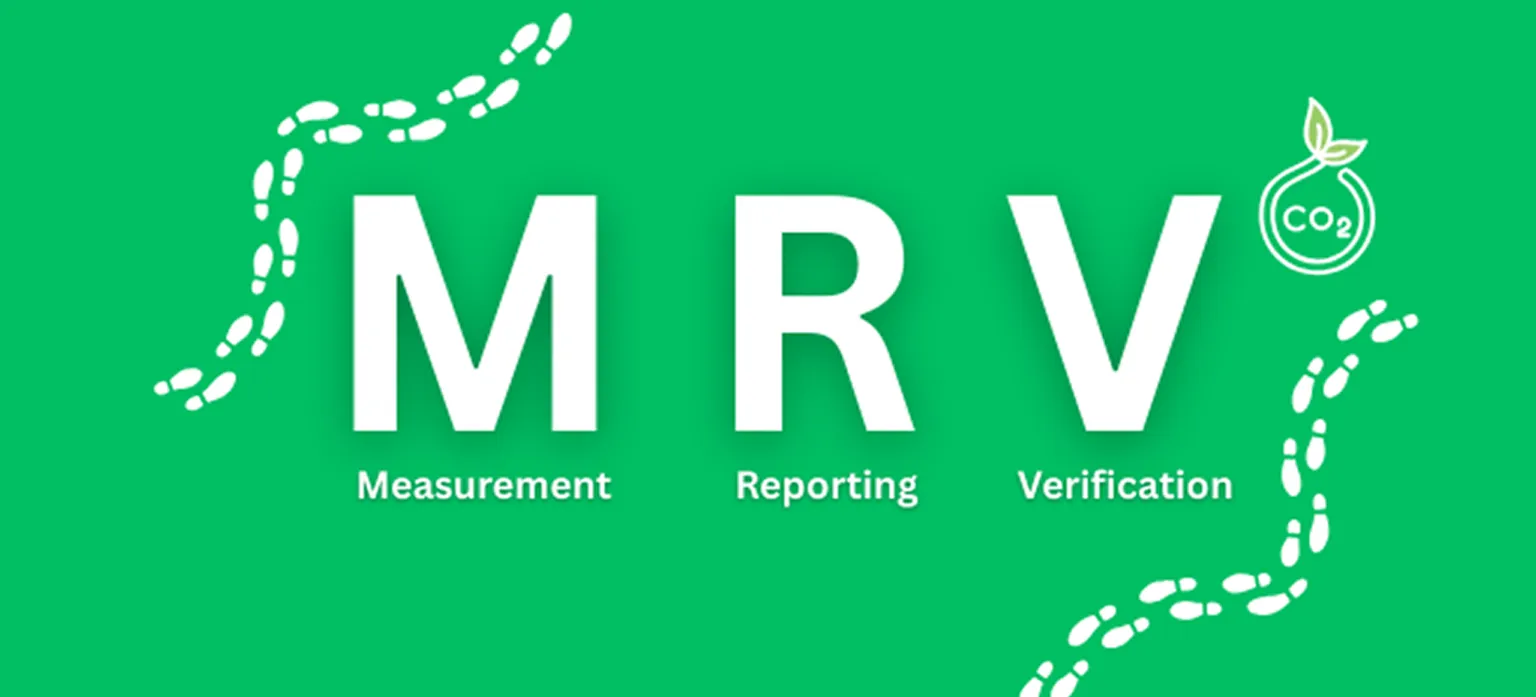Soil Carbon Sequestration

About Soil Carbon Sequestration
Soil Carbon Sequestration is a transformative solution for combating climate change while improving agricultural productivity. By storing atmospheric carbon in soils through regenerative agriculture and soil enhancement techniques, this approach provides dual benefits of mitigating greenhouse gas emissions and enriching soil health.
At Credynova, we specialize in designing and implementing soil carbon sequestration projects that align with global standards, generate high-value carbon and nutrient credits, and contribute to sustainable development goals.
Comprehensive Services for Soil Carbon Sequestration

- Regenerative Agriculture: Implement practices such as cover cropping, no-till farming, crop rotation, and agroforestry to enhance soil organic carbon levels.
- Soil Enhancement Techniques: Apply biochar, compost, and other organic amendments to improve soil fertility and carbon storage capacity.
- Standards Compliance: Align projects with frameworks like the Greenhouse Gas (GHG) Protocol, ISO 14064, and Article 6 of the Paris Agreement.

Environmental Impact Assessment: Conduct LCAs using ISO 14040 and ISO 14044 standards to evaluate the sustainability of soil carbon projects.
Economic Feasibility Studies: Perform TEA to assess profitability, scalability, and financial benefits from carbon and nutrient credits.
Carbon Footprint Reporting: Utilize ISO 14067 to measure the carbon footprint of soil management practices.

Soil Carbon Monitoring: Use advanced tools such as satellite imaging, remote sensing, and soil sampling to rigorously track changes in soil carbon levels.
ISO Compliance: Adhere to standards like ISO 14064-3 and IPCC Guidelines for robust GHG quantification and reporting.
Third-Party Validation: Partner with accredited validators to certify carbon and nutrient credits.

Carbon Credits: Quantify and verify the carbon stored in soils, enabling issuance of high-quality credits in markets such as VERRA, Gold Standard, and Climate Action Reserve (CAR).
Nutrient Credits: Address nutrient retention and reduced runoff to generate credits for sustainable water and soil management.
Market Integration: Facilitate access to global carbon and nutrient credit markets, including ICR (Indian Carbon Registry) and EU ETS.
Relevant Standards and Frameworks for Soil Carbon Projects
GHG Protocol: Guidelines for quantifying soil carbon storage and managing emissions reductions.
ISO Standards:
ISO 14064-1 to ISO 14064-3: Framework for GHG quantification, validation, and verification.
ISO 14067: Carbon footprint of soil management products and systems.
ISO 14040/14044: Life Cycle Assessment standards for evaluating project sustainability.
IPCC Guidelines: Best practices for accounting carbon sequestration in agricultural soils.
SBTi (Science-Based Targets Initiative): Help organizations align soil carbon projects with science-based net-zero goals.
TCFD (Task Force on Climate-Related Financial Disclosures): Climate risk and opportunity reporting for soil sequestration initiatives.
CSRD (Corporate Sustainability Reporting Directive): EU-specific sustainability compliance for soil carbon projects.
GRI (Global Reporting Initiative): ESG reporting for soil health and carbon sequestration projects.
SASB (Sustainability Accounting Standards Board): Sector-specific ESG standards for agriculture.
CDP (Carbon Disclosure Project): Enhance transparency in soil-related climate disclosures.
ISSB (International Sustainability Standards Board): Integrate soil carbon sustainability into financial reporting.
IFRS (International Financial Reporting Standards): Standardize financial disclosures for soil carbon projects.
VERRA (Verified Carbon Standard): Certification for soil carbon sequestration projects that deliver high-quality offsets.
Gold Standard: Prioritizes projects with co-benefits for soil health, water retention, and biodiversity.
Climate Action Reserve (CAR): Supports verified credits for sustainable agricultural practices.
EU ETS (European Union Emissions Trading System): Market integration for large-scale soil carbon initiatives.
PACT (Partnership for Carbon Transparency): Promotes transparency in soil carbon emissions reductions.
PCAF (Partnership for Carbon Accounting Financials): Financial sector guidance for soil carbon project investments.
GLEC (Global Logistics Emissions Council): Strategies for emissions reductions linked to soil carbon logistics and transport.
Nationally Determined Contributions (NDCs): Align soil carbon projects with national commitments to CO₂ reduction under the Paris Agreement.
Sustainable Development Goals (SDGs): Contribute to:
SDG 13: Climate Action.
SDG 15: Life on Land.
SDG 2: Zero Hunger (through improved soil productivity).
SDG 12: Responsible Consumption and Production.
Benefits of Soil Carbon Sequestration Projects
Carbon Sequestration
Increase soil organic carbon to combat climate change.
Improved Soil Health
Enhance agricultural productivity through better nutrient retention and water management.
High-Quality Credits
Generate carbon and nutrient credits for voluntary and compliance markets.
Economic Viability
Unlock financial opportunities through credit trading and sustainable farming practices.
Biodiversity and Ecosystem Services
Restore soil biodiversity and improve ecosystem resilience.
Support Climate Goals
Contribute to corporate and national net-zero commitments and NDC targets.


Why Choose Credynova for Soil Carbon Projects?
At Credynova, we combine advanced methodologies, sustainability expertise, and global market access to deliver impactful soil carbon sequestration projects.
Our Commitment:
Custom Solutions
Develop tailored projects that address regional soil health challenges and opportunities.
Market Leadership
Facilitate seamless access to carbon and nutrient credit markets for maximum returns.
Global Standards Compliance
Align with protocols like ISO, VERRA, SBTi, and IPCC Guidelines.
Transparency and Innovation
Use cutting-edge monitoring tools and robust methodologies for credible and scalable solutions.
Join us in enhancing soil health, storing carbon, and creating a sustainable future through soil carbon sequestration. Together, we can make an impact.
Start Your Soil Carbon Sequestration Journey Today
Ready to implement transformative soil carbon solutions? Partner with Credynova to design, execute, and monitor high-value projects that deliver measurable results.
 WhatsApp
WhatsApp  Book A Meeeting
Book A Meeeting 
